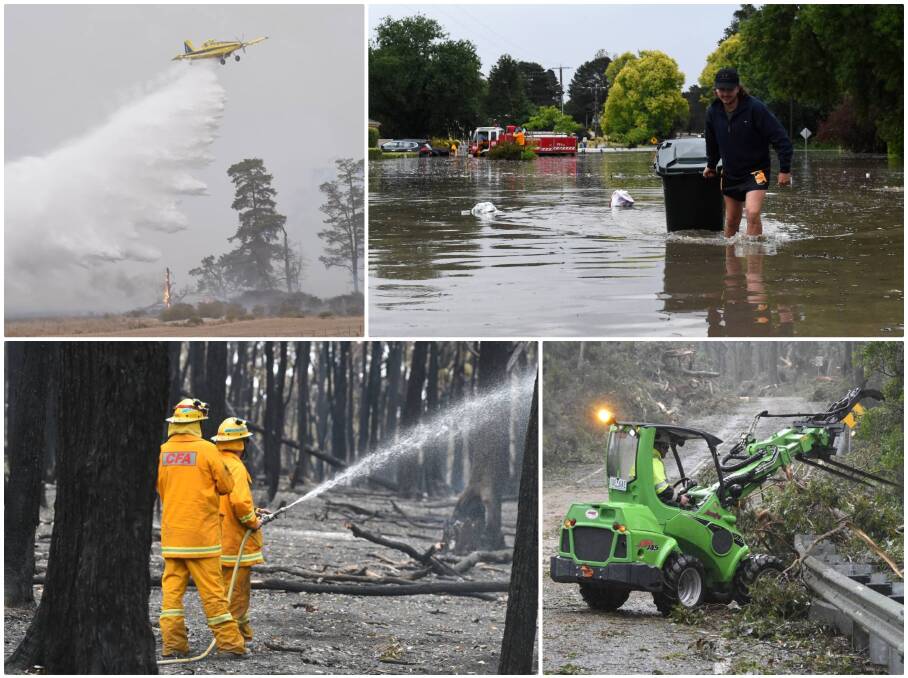
Community-led action will be key for Ballarat and the Grampians region to adapt to climate change, a new five year strategy reveals.
Subscribe now for unlimited access.
or signup to continue reading
The Grampians Region Climate Adaptation Strategy 2021-2025 was released in December, one of six strategies developed for the state.
"Community cohesion and behaviour change are necessary for successful adaptation in the region," the report states.
CSIRO projections show Ballarat's climate may be more like that of Hamilton by 2050.
Maximum and minimum daily temperatures will continue to increase, with expectations of a 0.9 to 1.7 degree Celsius increase by the 2030s in the Central Highlands.
Extreme weather events like storms, floods and bushfires will become more frequent.
How volunteer groups CFA and SES remain resilient when responding to more frequent extreme climatic events was raised as an issue in the report.
The strategy outlines actions for the next four years to build resilience to and reduce the risks of climate change in the region.
Community cohesion and behaviour change are necessary for successful adaptation in the region.
- Grampians Region Climate Adaptation Strategy 2021-2025
Horsham is forecast to be in the top ten Victorian localities that will be most affected by climate change by 2100 in terms of property values, due to flooding and soil subsidence during drought.
Halls Gap was rated the top postcode for bushfire peril in Australia in November 2019.
Some communities in Pyrenees Shire and the Wimmera are already dependent upon groundwater as local reservoirs are no longer viable with diminished rainfall.
The economy of Wimmera Southern Mallee is expected to be the third most impacted by heatwaves in the state.
Goals for the region are to ensure the economy is 'climate-ready', natural ecosystems are protected and resilient and farming is well adapted to the changing climate.
RELATED COVERAGE: Creswick floods after huge storm strikes region
In many cases, local groups in the Grampians Region have been working on climate change mitigation and adaptation actions for decades, like Hepburn's Zero Net Emission Transition master plan.
The strategy outlines further actions for the areas of agriculture, biodiversity, economy, health and well-being, heat, water, storms and flooding.
The creation of water efficient food production systems, wetland conservation, community-owned energy, regional processing of agriculture projects are identified as leading opportunities.
A Municipal Recovery Facility (MRF) to sort and process recyclable materials regionally and markets for waste products and recycled materials are outlined as economic opportunities.
A need to increase fire resistance of the built environment and the need to embed climate change researchers within disaster risk management agencies was highlighted.
The report states actions like embedding heatwave planning into municipal health and wellbeing plans and retrofitting existing buildings for thermal efficiency can help address increasing temperatures.
The development of the strategy was funded by the Department of Environment, Land, Water and Planning and created in consultation with community.
The Grampians region stretches from Bacchus Marsh to the South Australian border and Ballarat is the largest centre.
Have you signed up to The Courier's variety of news emails? You can register below and make sure you are up to date with everything that's happening in Ballarat.














